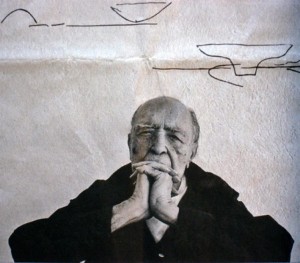Latest in: Architecture
2016 has taken a lot of well known people, none of which I met personally but whose work I enjoyed and inspired me in different stages of my life. Zaha Hadid is one of …
Today, Brazilian architect Oscar Niemeyer passed away. He designed some of the 20th Century's most famous modernist buildings. Mr Niemeyer has died just before his 105th birthday. His leftist position (he was a faithful …

